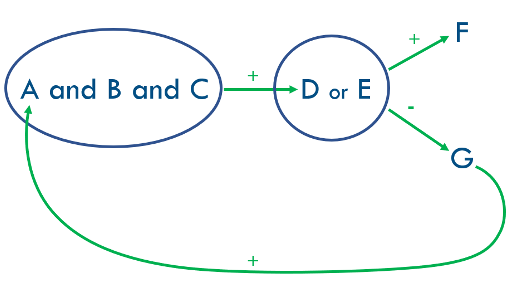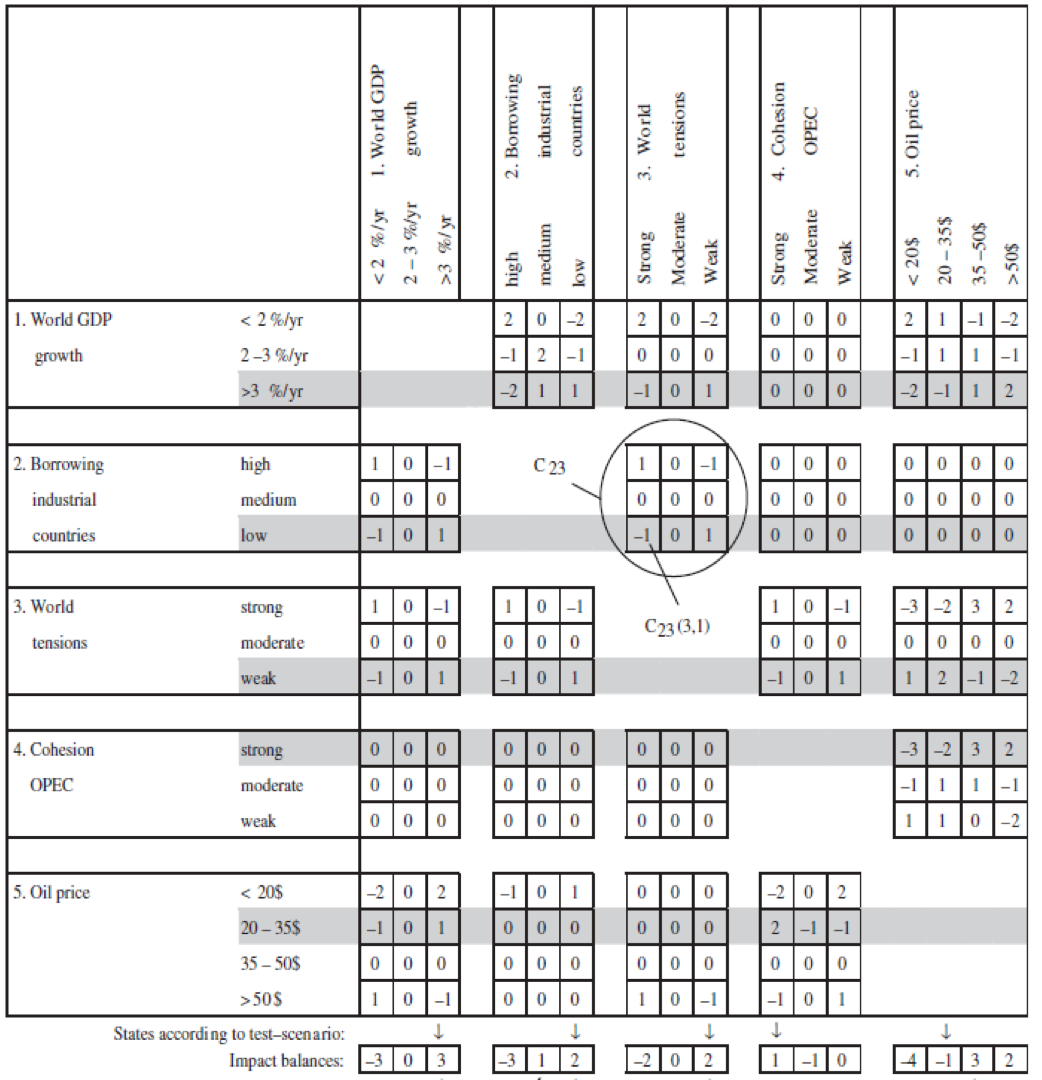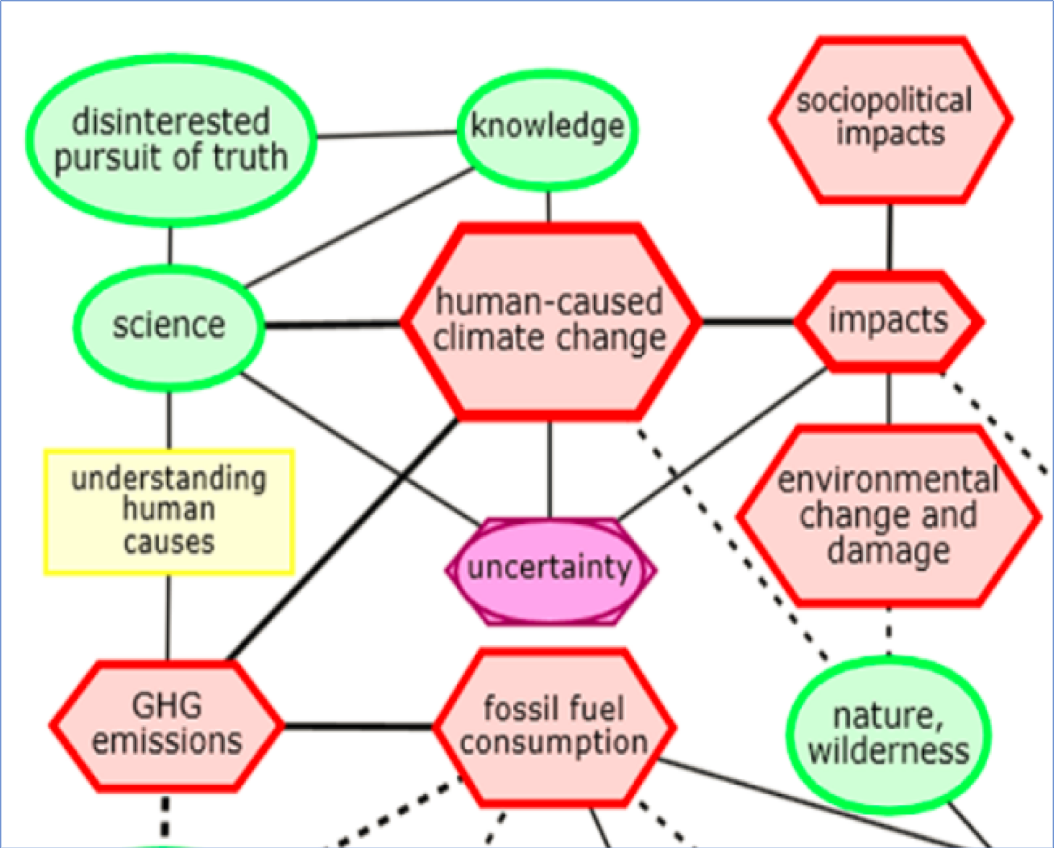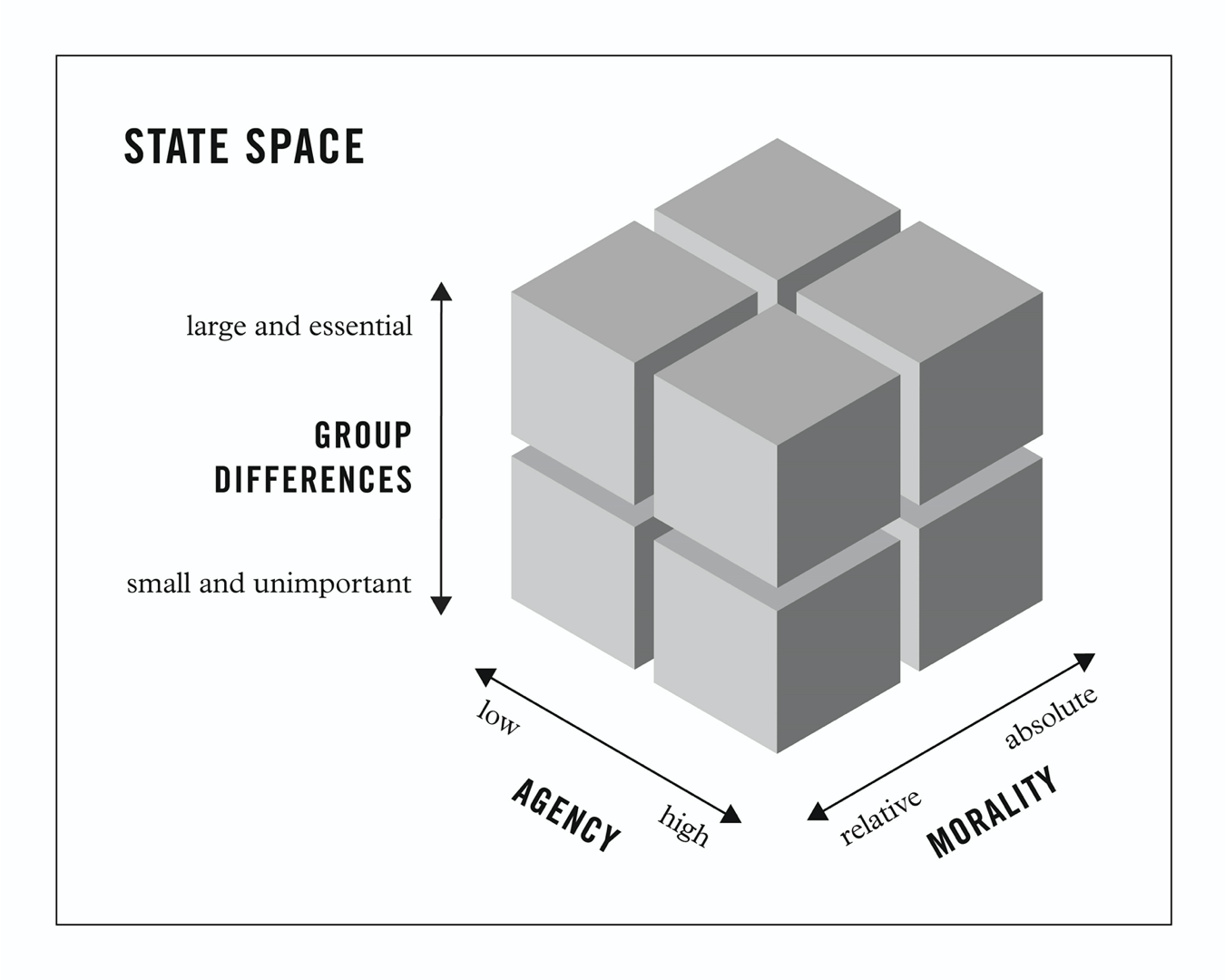Two scientific premises guide the Institute’s approach.
1. The global system is complex
Today’s planetary socio-ecological system is “complex” in the technical sense of the term. The Institute therefore uses, as its core analytical tools, theories, concepts, and methods drawn from complexity science. This interdisciplinary field has emerged from research in mathematics, computer science, systems engineering, ecology, and economics, and its insights have been applied to explain diverse phenomena, including the origins of the 2008-09 financial crisis, the Arab spring, the sharp rise in the appeal of populist political ideology, and the ramifying consequences of the COVID-19 pandemic.
All complex systems—whether natural ecologies, mammalian immune systems, or human economies—have dense and recursive causal connections across multiple scales of organization. These connections create high levels of combinatorial interaction—where many causes operate simultaneously, often synergistically— as well as large numbers of destabilizing (“positive”) and stabilizing (“negative”) feedback loops. The result is disproportionate causation: sometimes a small change in one component of a complex system causes an enormous shift in the system’s overall behavior; but other times, even large changes in multiple components produce little effect. Complexity scientists call this phenomenon “nonlinear behavior.”
Nonlinearity is a key reason why complex systems like Earth’s climate, forests, and fisheries, and our global financial and political systems sometimes shift or “flip” unexpectedly from one macro-state to another. Scientists generally cannot predict with any precision when such “critical transitions” might happen; they might know that the likelihood of a flip is rising but have little idea when the event will occur. Also, these flips are usually extremely difficult to reverse. When a pandemic strikes, fishery collapses, Earth’s climate reorganizes itself, or a population’s predominant worldview shifts, the system in question likely cannot be returned to its former state, even if the conditions that caused the flip are wound back entirely.
Taken together, these features of our planetary socio-ecological system present humanity with extreme dangers—and extreme opportunities. The dangers arise from the real possibility that this system is close to an irreversible shift to a new pathway that would radically degrade human well-being and civilization’s long-term prospects. The opportunities arise from the enormous leverage available in highly nonlinear systems, if the right intervention points can be found and exploited. In today’s complex, hyper-connected global systems, a series of precisely targeted and timed interventions could produce a virtuous cascade of change that helps flip humanity onto a far more positive path.
Unfortunately, complex social systems are usually so opaque that key intervention points are invisible; and even in the rare circumstances where they’re visible, means of exploiting them are not obvious. The Cascade Institute confronts both challenges.
2. Societies are organized around cohesive clusters of worldviews, institutions, and technologies, or “WIT sets.”
In simplest terms, worldviews are mental networks of concepts, beliefs, and values—usually emotionally charged—that allow people to interpret things around them and plan their actions. Worldviews also give people’s lives meaning and therefore some sense of security, so they can be extremely resistant to change. Institutions are, broadly, a community’s rules, ranging from formal laws governing markets and parliamentary democracy to unwritten social norms in a culture about what behavior is appropriate or ethical at specific times and places. Finally, technologies are problem-solving tools that people create by using energy and information to exploit properties of their physical and social environments.
Within each WIT set, these three components are tightly interdependent: they influence each other, depend on each other, and usually hang together in a cohesive way. For example, a prominent part of our Western worldview is a commitment to personal freedom and independence. This commitment supports and is supported by our institution of (partially) free economic markets. The commitment to freedom also reinforces—and is reinforced by—the technology of private cars, which allow for extraordinary personal mobility, by historical standards.
The tight links among these three WIT components mean, among other things, that policymakers find it hard to change people’s use of private cars or, more fundamentally, change the way markets operate without addressing people’s beliefs and emotions about their personal freedom.
Recent research has shown that WIT sets are the primary “unit of selection” in the evolution of societies and their cultures. In other words, by carrying some of a society’s information and structure through time, a given WIT set plays a role analogous to a gene in a biological system. Whether the WIT set survives over time depends on its “fitness”—that is, on whether it can thrive and reproduce itself in its larger environment. By this reading, humanity’s global crisis arises from a worsening mismatch—or a lack of fit—between many of the WIT sets that currently dominate our societies, on one hand, and the fundamental properties of the global socio-ecological system in which our societies are embedded, on the other.
Drawing on a broad range of past and current research in multiple disciplines, and by creating detailed models and maps (graphical, statistical, and computational) of WIT sets, the Cascade Institute’s researchers identify intervention points within societies, among clusters of societies, and at the global level. These models highlight how the components of WIT sets—singly or in combination—could exhibit nonlinear behavior, both harmful and beneficial for humanity.
Reference:
Beddoe, Rachael, et al. "Overcoming systemic roadblocks to sustainability: The evolutionary redesign of worldviews, institutions, and technologies." Proceedings of the National Academy of Sciences 106.8 (2009): 2483-2489.
Methods for System Mapping
The Cascade Institute’s researchers have pioneered the development of several methods for mapping the causal structure and mechanisms of complex social systems. The Institute’s researchers combine these methods to understand opportunities for intervention in dominant WIT (worldview, institution, and technology) systems.
Two methods—Boolean causal loop analysis and cross-impact balance analysis—help reveal a system’s underlying causal processes, including its synergistic interactions and feedback loops (both positive and negative) that can lead to sudden transitions (“tipping points”) between equilibria. Two other methods—cognitive-affective mapping and ideological state space modeling—help reveal the structure of people’s worldviews and the psychological and social mechanisms of rapid belief transformation.




